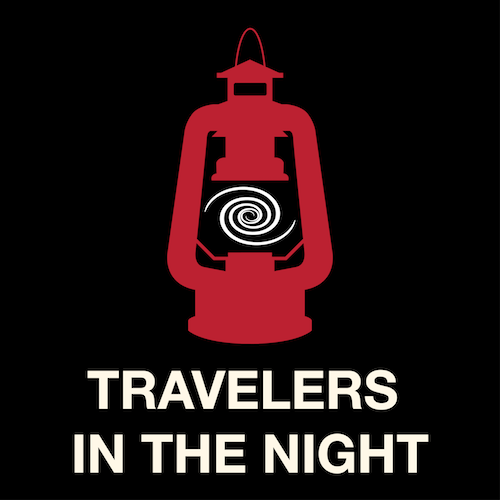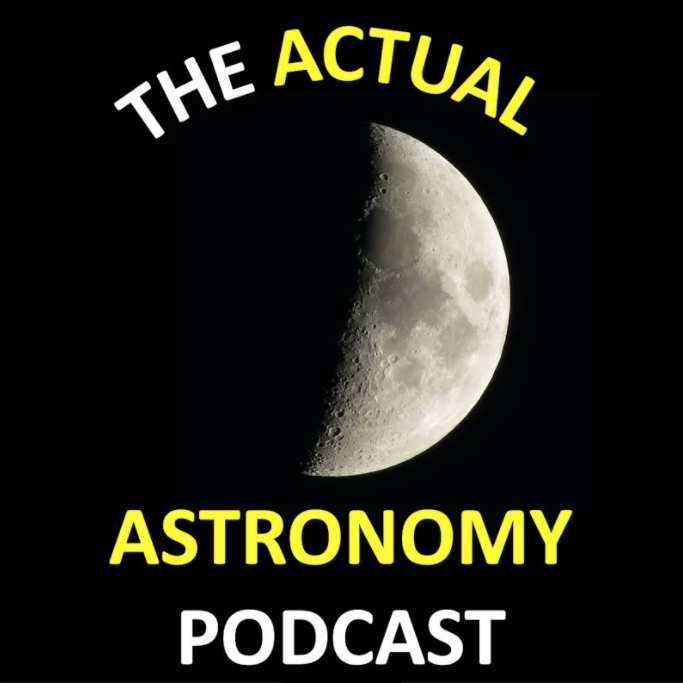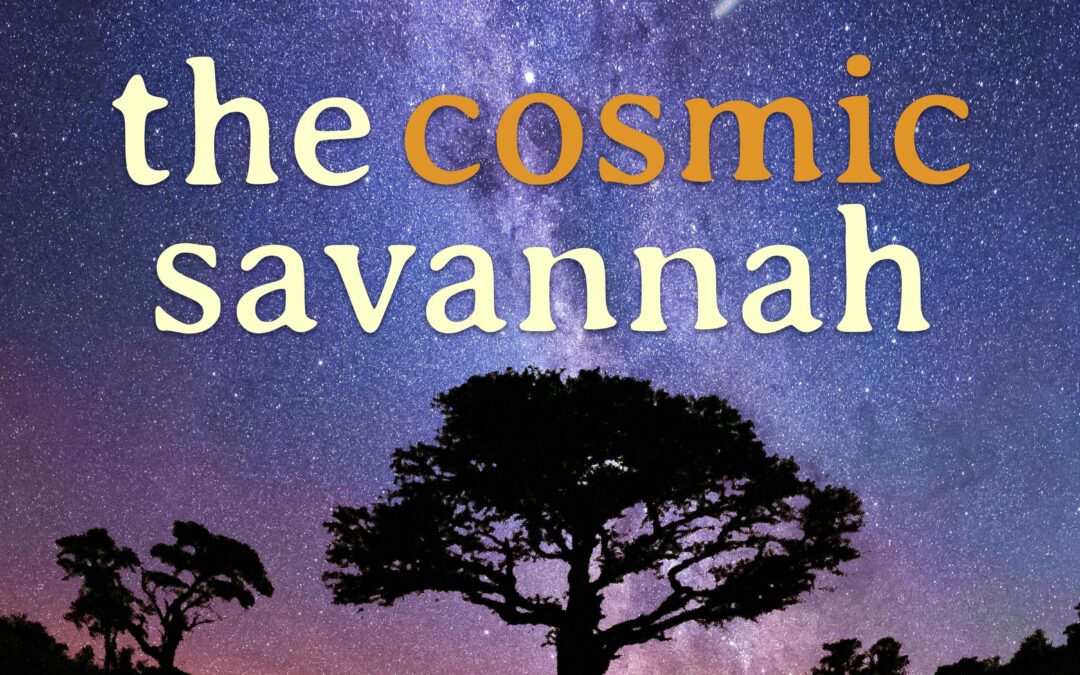Today Travelers in the night discussed about monitoring temperature at a different location in the observatory can help telescope detect asteroid that threats to Earth.


Today Travelers in the night discussed about monitoring temperature at a different location in the observatory can help telescope detect asteroid that threats to Earth.

Did you know that the International Space Station (ISS) is one of the brightest objects in the night sky? You just need to know where, and when to look. So how to see ISS?

Today we’ll go through more than 20 studies and observations ranging from planetary climates to galaxy mergers, and we’ll take a closer look at how Artificial Intelligence is being asked to play a role in every area of this research. And we’ll ask, “Is this how we get Cylons?”

Time for Observer’s Calendar and @ActualAstronomy discuss about watching the Planets Jupiter, Uranus, Neptune and Saturn pair with our Moon in the evening sky as well as other sights to see in September

A dynamical analysis of the 14 Herculis system has revealed the existence of two brown dwarf planets orbiting in completely misaligned, eccentric orbits. The study also uncovered the possibility of a third brown dwarf that was ejected from the system.

With over 5,000 planets that we’ve already discovered – and probably billions out there in our galaxy alone – there are some weird and wonderful planets to explore. More with @AwesomeAstroPod

This week we find out when stars get torn apart from gravity, how we can see supermassive black holes, how liquid water could have existed on Mars in the past, and much more.

There could be a lake of liquid water beneath the south Martian polar cap. Also there are likely to be hundreds smaller than softball sized and perhaps several dozen football to beachball sized, natural Earth mini moons

Today @cosmicsavannah discuss about ATLAS and its discovery of near-Earth object (NEO) with Dr. Nicolas Erasmus from SAAO.

Today, we bring you lab results on ice that affect how we see the outer solar system, and observations of galaxies that affect our understanding of the universe’s formation